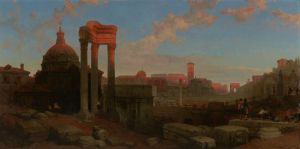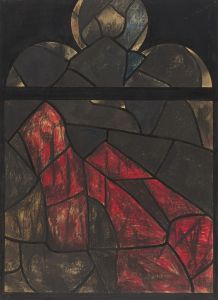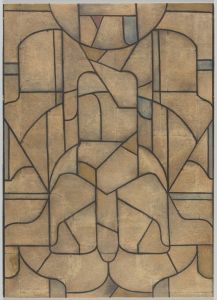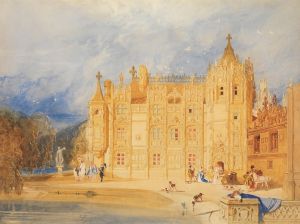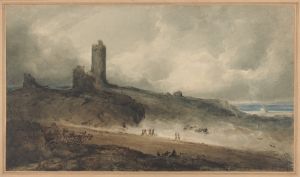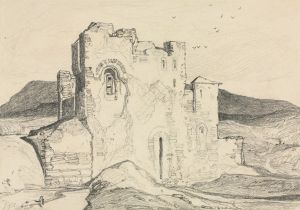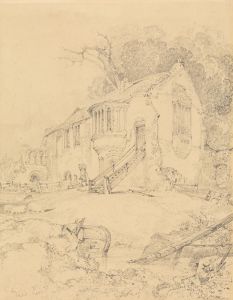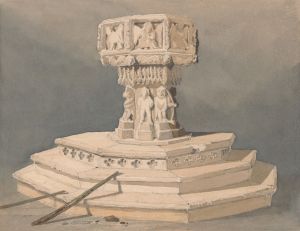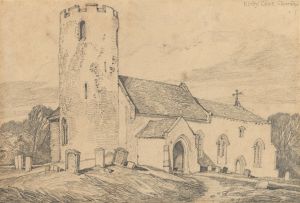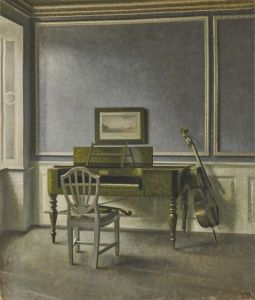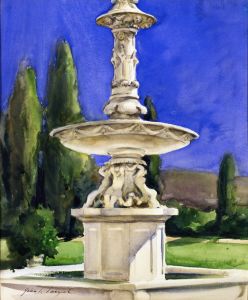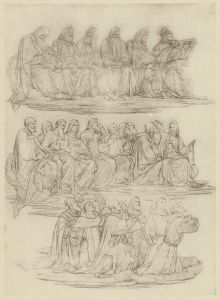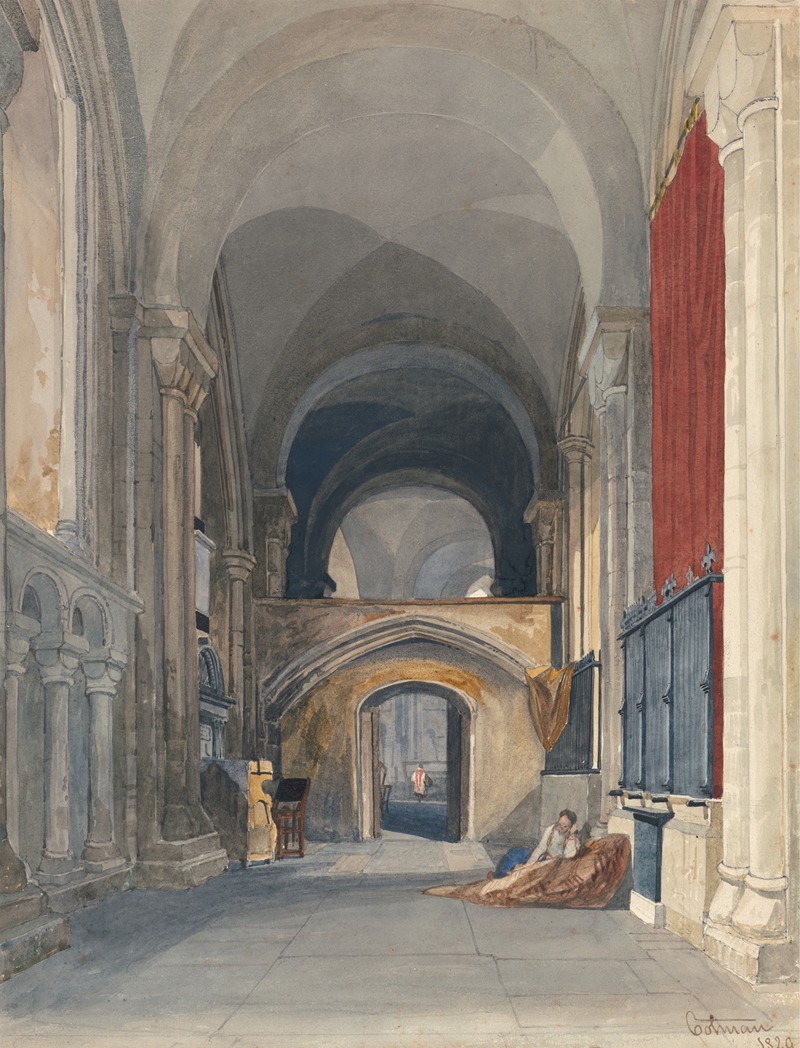
Norwich Cathedral; Interior of the North Aisle of the Choir, Looking East
A hand-painted replica of John Sell Cotman’s masterpiece Norwich Cathedral; Interior of the North Aisle of the Choir, Looking East, meticulously crafted by professional artists to capture the true essence of the original. Each piece is created with museum-quality canvas and rare mineral pigments, carefully painted by experienced artists with delicate brushstrokes and rich, layered colors to perfectly recreate the texture of the original artwork. Unlike machine-printed reproductions, this hand-painted version brings the painting to life, infused with the artist’s emotions and skill in every stroke. Whether for personal collection or home decoration, it instantly elevates the artistic atmosphere of any space.
"Norwich Cathedral; Interior of the North Aisle of the Choir, Looking East" is a watercolor painting by the renowned English artist John Sell Cotman. Cotman, born in 1782, was a prominent figure in the Norwich School of painters, a group of artists connected by their association with the city of Norwich and their shared interest in landscape and architectural subjects. This particular work is a fine example of Cotman's architectural studies, showcasing his skill in capturing the intricate details and atmospheric qualities of historic buildings.
The painting depicts the interior of the north aisle of the choir in Norwich Cathedral, looking eastward. Norwich Cathedral, located in Norfolk, England, is one of the most significant and well-preserved examples of Norman architecture in the country. It was founded in 1096 and completed in 1145, with subsequent additions and modifications over the centuries. The cathedral is renowned for its Romanesque architecture, including its impressive nave, cloisters, and the second tallest spire in England.
In Cotman's watercolor, the viewer is presented with a detailed and atmospheric rendering of the cathedral's interior. The composition focuses on the architectural elements of the north aisle, highlighting the ribbed vaulting, pointed arches, and the interplay of light and shadow within the sacred space. Cotman's use of watercolor allows for a delicate and nuanced portrayal of the stonework and the ambient light filtering through the windows.
John Sell Cotman was known for his meticulous attention to detail and his ability to convey the grandeur and solemnity of architectural subjects. His works often reflect a deep appreciation for the historical and cultural significance of the buildings he depicted. In "Norwich Cathedral; Interior of the North Aisle of the Choir, Looking East," Cotman captures not only the physical structure of the cathedral but also its spiritual and historical essence.
Cotman's association with the Norwich School of painters played a significant role in his artistic development. The Norwich School, active during the early 19th century, was the first provincial art movement in Britain. It was characterized by its members' dedication to capturing the landscapes and architecture of the Norfolk region. Cotman, along with other notable members such as John Crome and Joseph Stannard, contributed to the school's reputation for producing works of exceptional quality and local significance.
Throughout his career, Cotman produced numerous architectural studies and landscapes, many of which were inspired by his travels across England and Europe. His works were highly regarded for their technical precision and artistic sensitivity. Today, Cotman's paintings are held in high esteem and can be found in major art collections, including the British Museum and the Tate Gallery.
"Norwich Cathedral; Interior of the North Aisle of the Choir, Looking East" remains a testament to Cotman's mastery of watercolor and his ability to evoke the timeless beauty of historic architecture. The painting continues to be appreciated for its artistic merit and its contribution to the documentation of one of England's most iconic cathedrals.





